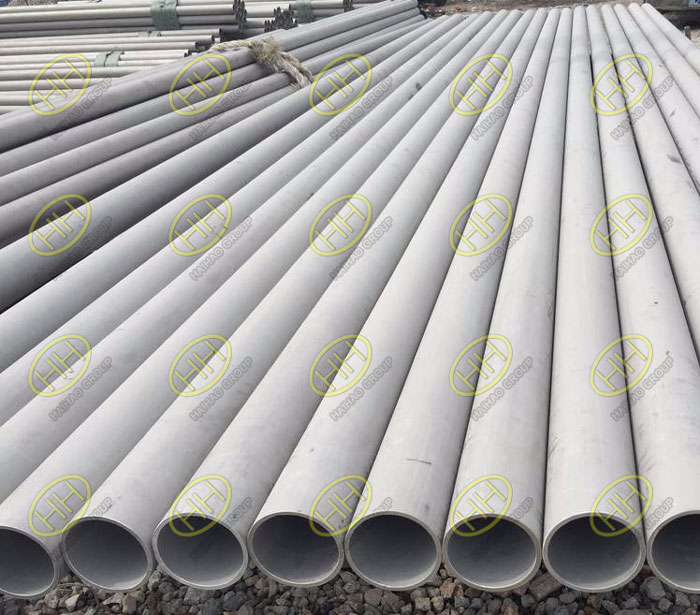When the stainless steel pipe is used for a long time, some oxidation phenomena will appear on the surface of the pipe. Good maintenance is only the extension of the oxidation. So why does the surface of the stainless steel pipe appear to be oxidizing?
In fact, these surface oxidation is caused by corrosion of stainless steel pipes. The causes of corrosion on the surface of stainless steel pipe are mainly in the following aspects.
One is that when the stainless steel pipe is in chlorine containing medium, the passivation film on the surface of the material is particularly vulnerable to destruction, which is due to the high potential energy of chlorine oxidation. Most of the time, the surface passivation layer of stainless steel pipe will be destroyed only in some areas, which is manifested by corrosion, forming tiny holes or pits, and this corrosion is often referred to as point corrosion. The rate of point corrosion increases with the increase of temperature, and increases with the increase of medium concentration.
The corresponding solution is to use stainless steel passivation solution at room temperature for half an hour, which can significantly increase the corrosion resistance of stainless steel pipes about 5 to 20 times. The stainless steel passivation solution can be used circularly, and it is also easy to operate, which can greatly reduce the production cost.

ASTM A312 TP316L seamless steel pipes
The second aspect is that the passivation layer on the surface of the stainless steel pipe is also easily damaged when the stainless steel pipe is produced and welded. When the heating temperature and time of welding in the production of stainless steel sensitization temperature (about 425-815 DEG C) area, chemical composition of stainless steel in the supersaturated carbon will first precipitated at the grain boundaries, and combined to produce the chromium carbide and chromium, and this time of carbon in austenite in the diffusion speed in chromium diffusion rate, leading to not because of formation of chromium carbide and loss of chromium in the chromium content of grain, grain boundary precipitation of chromium carbide with results continuously decreases rapidly, produce the chromium depleted zone, thereby reducing the corrosion resistance of the passivation layer. When the medium chlorine and other corrosive medium contact, it will cause the micro battery corrosion. Although corrosion occurs only on the surface of grain, it will rapidly penetrate into the intergranular corrosion of the organization, and the stainless steel pipe will be particularly prominent in the welding area.
The third aspect is the stress corrosion crack. In a simple way, the stress in the stainless steel pipe is influenced by the joint effect of the crack embrittlement. But the environment that causes this situation is generally very complex. Not only light is tensile stress, but also the resultant force of residual stress produced in the production, welding, or processing of the stainless steel.







